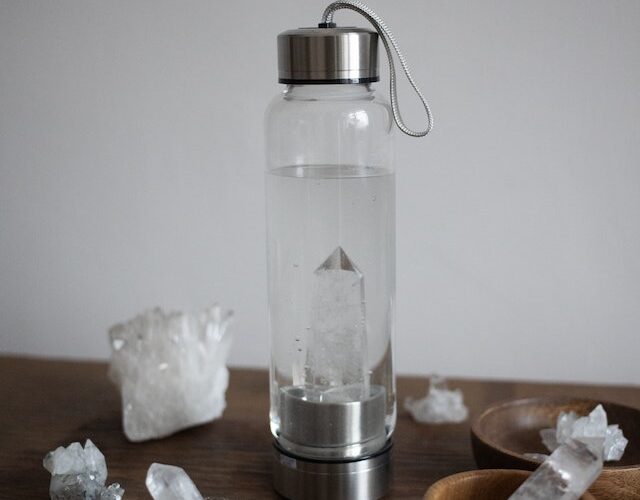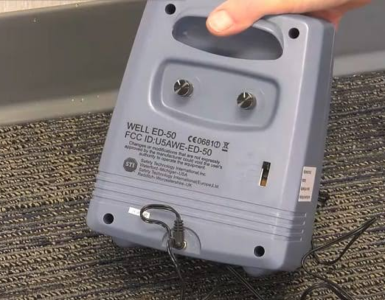Reverse osmosis (RO) is a water treatment process that is common across the world. It is used in all sorts of industries, from lifesaving hemodialysis machines to regular water filtration for desalinating seawater. Despite the frequency of this process, reverse osmosis water treatment systems still have plenty of drawbacks to them that are not as well discussed or pointed out. They have plenty of benefits too, and we will certainly be discussing those as well.
Reverse Osmosis Water Treatment Systems – What’s the Process?
During osmosis, the solvent molecules—in this case, water molecules—are moved from a low solute concentration area to a higher solute concentration area. The movement occurs through the semi-permeable membrane. On the other hand, during RO, pressure is applied to the area with the higher concentration, which forces the water molecules to move in the opposite direction.
The semi-permeable membrane, however, only allows water molecules to pass through, and any of the larger impurities, such as salts and other contaminants, are removed from the water because they cannot pass through the membrane from the higher concentration area. The impurities left behind on one side of the membrane are then flushed away.
Reverse osmosis water treatment systems are used in a process called desalination, which removes the salt from seawater to make it drinkable again. RO also goes through multiple stages of filtration to clean the water of impurities, and in the final stage, it adds back some healthy minerals as well, which is necessary for drinkable water to have.
By contrast, a process such as distillation—which is also meant to purify water—is less healthy to drink simply because it removes all minerals, whether good or bad for you, from the water.
The Benefits of Reverse Osmosis Water Treatment Systems
Before we get into the thick of it, let us first discuss the advantages that RO water systems typically brings to the table. Of course, the advantages offered only become apparent when used relative to or in comparison with other filtration systems, such as carbon filtration or distillation, so most of the advantages will be compared here.
1 – Reverse Osmosis is the Most Effective Water Filtration Method
The most important aspect to note here is that RO is rarely used in isolation, meaning that there are a number of other filtration methods also used for maximum efficacy. Other filtration methods, such as a sediment filter and activated carbon filters, are often used in conjunction with reverse osmosis water treatment systems to ensure that both inorganic and organic substances are removed from the water.
To give an example, activated carbon filters are adsorption filters that use a granular activated carbon filter to absorb chemicals. Mechanical filters range in size and offer varying microns of filtration. RO can remove inorganic solids, and when used alongside carbon and sediment filters, they make for a very effective water filtration method. Among all these, RO is simply the most effective at removing the most contaminants, though carbon and other filters are still needed.
2 – Reverse Osmosis is Safe and Eco-Friendly, But Only to Its Unsustainable Alternatives
This is a benefit for reverse osmosis water treatment systems, but only relative to environmentally disastrous. Drinking water methods, such as bottled water in plastic containers. Public sentiment is the reason RO is considered both environmentally safer and healthy because the public sentiment is that bottled water is the ‘safest’ form of drinking water, even if it isn’t environmentally friendly.
However, the fact of the matter is that we don’t know exactly how safe or unsafe bottled water is because the companies that make these products are not required to disclose its point of origin, the contaminants within it, or how the water was treated and filtered. Many have pointed out that bottled water is ‘basically tap water with a few additives’ to improve the taste.
Still, there are certainly advantages to bottled water, such as being easily stored, but the cost. Drawbacks far outweigh any benefit they provide. Compared to bottled water, filtered water through RO is safer because we know exactly how it’s filtered, and it’s environmentally friendly. This particular point will be further elaborated in RO’s disadvantages.
3 – It’s Great for Cooking
From making coffee to using it in food, the purer water from RO. Is great for bringing out the taste in what we eat and drink. This is because it gives the water a ‘blank canvas’ quality, allowing the taste from other sources. To feel richer due to the purer water, as there are no additional contaminants interfering with their taste.
The Drawbacks of RO Systems
Reverse osmosis water treatment systems are great in their own right. But there is a cost to that, one that is not often pointed out. Here are some of those costs.
1 – RO is Wasteful
Previously we discussed how RO was environmentally friendly, but it is only. So because it doesn’t actively damage the environment as bottled water does. Bottled water is considered ‘disposable,’ even though it leaves. Behind a plastic bottle that is unsafe for reuse and cannot be recycled. Reverse osmosis water treatment systems, however, still use plenty of water to purify it. And most of that water is wasted. Typically, RO processes generate a single gallon of clean, pure water for every five gallons fed into the membrane. Moreover, only 5-15% of the wastewater is generally recovered for reuse in other areas.
2 – RO Wastewater is Difficult to Dispose
There is not too much water recovered from RO, and while the wastewater generated. From one RO unit can be fed into a second unit. It is difficult to scale as there is a considerably lower amount of recovered water each time. This makes it difficult for larger industries to properly dispose of wastewater.
However, it should be noted that the wastewater from RO processes is still water. And it only contains impurities, meaning it is still clean for reuse in smaller-sized RO processes. Such as in homes or small-scale commercial business use.
There are plenty of methods and systems to purify water, but by far. The most effective ones are the reverse osmosis water treatment systems. However, they have plenty of benefits and drawbacks to them. And even they have to be combined with other systems to be effective. Here, we point out their drawbacks and everything else.






